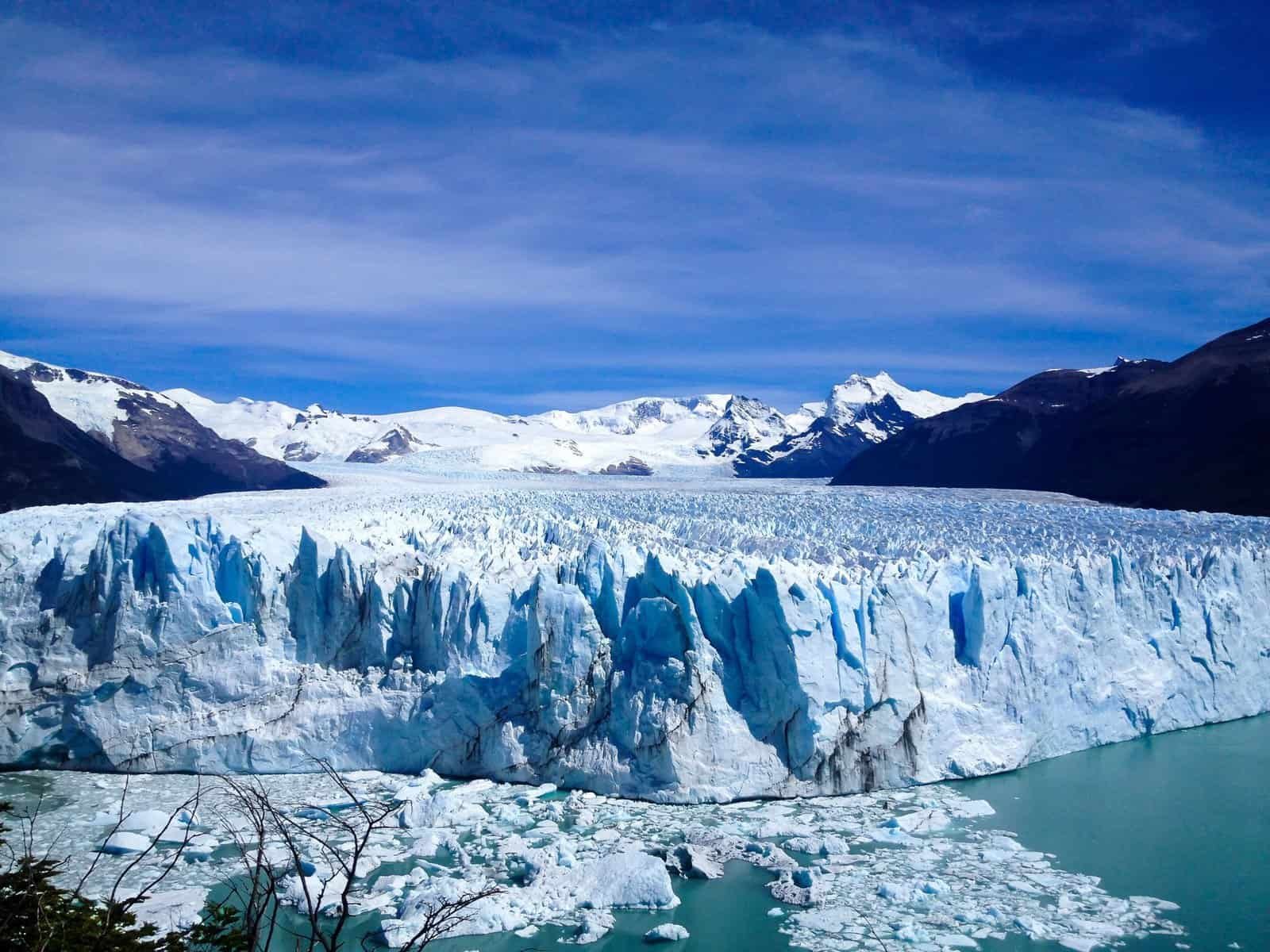Perito Moreno Glacier – Patagonia, Argentina
Overview
Perito Moreno Glacier is one of the most breathtaking natural wonders in Patagonia and one of the few advancing glaciers in the world. Located within Los Glaciares National Park in Argentina’s Santa Cruz Province, this immense sheet of ice stretches for over 30 kilometers (19 miles) and towers up to 70 meters (230 feet) above the surface of Lake Argentino. Unlike many glaciers that are rapidly retreating, Perito Moreno remains stable, making it a fascinating natural laboratory and a stunning sight to behold. Visitors are drawn to its thunderous icefalls, dazzling shades of blue, and the chance to witness nature’s raw power up close.
Why Visit
- See one of the world’s most accessible and spectacular glaciers
- Watch massive chunks of ice calve into Lake Argentino with thunderous crashes
- Walk along extensive viewing platforms offering multiple perspectives
- Experience guided treks across the glacier’s surface
- Explore Los Glaciares National Park, a UNESCO World Heritage Site
Highlights
- Viewing Walkways: A network of trails and balconies with panoramic glacier views
- Ice Calving: Dramatic collapses of ice into the lake, happening throughout the day
- Boat Tours: Cruises on Lake Argentino that bring you face-to-face with the towering ice wall
- Glacier Trekking: Guided hikes across the ice, from short walks to full-day adventures
History & Cultural Significance
The glacier is named after Francisco “Perito” Moreno, an Argentine explorer and conservationist who was instrumental in protecting Patagonia’s natural landscapes in the 19th century. Perito Moreno Glacier has become a symbol of Argentina’s natural heritage and environmental conservation efforts. For the indigenous Tehuelche people, the region’s glaciers and mountains held deep cultural significance as part of their ancestral lands. Today, the glacier not only draws global travelers but also plays an important role in scientific research on climate and glaciology.
Typical Costs & Tickets
Entry to Los Glaciares National Park costs around ARS 10,000–12,000 (approximately $10–$12 USD) for foreign visitors, with discounts for Argentine citizens. Activities vary in price:
- Boat Tours: Around $25–$50 USD per person
- Mini-Trekking on the Glacier: Approximately $150–$200 USD per person
- Big Ice Trekking (full-day): Around $300–$350 USD per person
Advance booking is recommended, especially during the busy summer months (December–March).
Best Time to Visit
The glacier can be visited year-round, but the best time is during the Southern Hemisphere summer (November–March), when weather conditions are milder, trails are fully open, and boat tours and treks operate at full capacity. Winter (June–August) brings fewer crowds and a more dramatic atmosphere but colder temperatures and limited access.
Nearby Experiences
The gateway to Perito Moreno Glacier is the town of El Calafate, located about 80 kilometers (50 miles) away. El Calafate offers hotels, restaurants, and excursion services, as well as the Glaciarium Museum, which explains the science of glaciers. For a full Patagonian adventure, travelers can combine their visit with trips to Mount Fitz Roy near El Chaltén or cross the border into Chile’s Torres del Paine National Park.
Travel Tips
- Dress in layers — Patagonian weather changes quickly, even in summer
- Bring waterproof clothing to stay dry during boat tours or glacier trekking
- Carry Argentine pesos, as card payments are not always reliable at the park
- Allow a full day to explore the viewing walkways and boat tours
- Book glacier trekking tours in advance, as spaces are limited
Fun Facts & Local Legends
- Perito Moreno is one of the few glaciers in the world that is still advancing rather than retreating
- The glacier regularly creates a natural dam, cutting off part of Lake Argentino, which can lead to dramatic ruptures when the ice gives way
- Its ice is estimated to be hundreds of years old, compacted into striking blue layers
- When large chunks of ice calve into the water, the sound can be heard from miles away — often compared to thunder or cannon fire
 Rate it or leave a comment!
Rate it or leave a comment!
New Report
Close
Sign Up for FREE!
Take advantage of all the features by signing up. It's completely FREE and we never spam you!
• Create Travel Plans/Trips
• Collect Places You've Been
• Connect with Like-Minded Travelers
• Contribute to the Community by Posting New Recommendations
Already Registered? Login.





